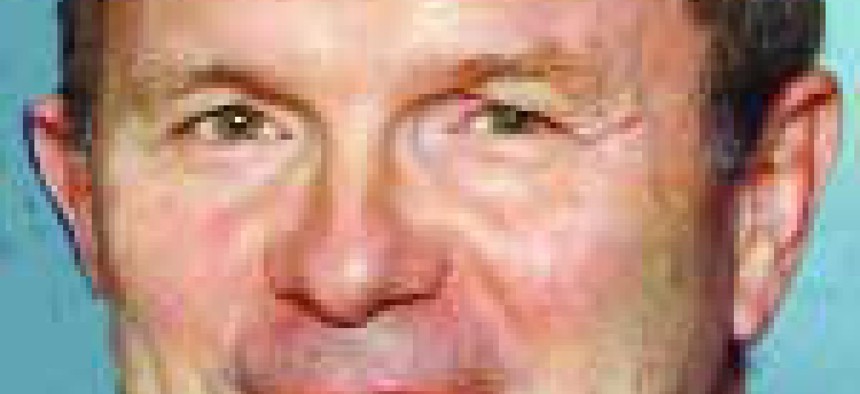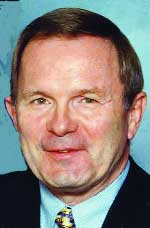Bill Scheessele | Hunting for a dream team

If you are asking yourself whether you would hire the same people for your business development team if you could do it over, something has gone wrong. It might be a miscommunication.
If you are asking yourself whether you would hire the same people for your business development team if you could do it over, something has gone wrong. It might be a miscommunication between your capture managers and your customers or a misalignment of your business development plan.No organization is made up of all superstars, and the key to discovering what went wrong is to identify the systemic virus infecting your BD team.A malfunctioning team doesn't get that way overnight. If you find that the majority of your team is consistently underperforming, it's time to look at some base causes.The first issue to examine is the effectiveness of your BD plan, in particular its relationship to the company's core strategic plan. The BD plan should support the goals of the company. Questions to ask include:Also, consider whether your organization understands the difference between the hunter vs. farmer profile. Have you matched the person, profile and personality to the position? Hunters search the competitive marketplace for new strategic opportunities to grow the company, while farmers nurture the company by expanding already existing contracts and task orders.By building a staffing plan, you can identify the needs of the BD organization and the skills of its team, whether they are hunters or farmers. This in turn helps answer whether the team has the right people. It will also help you realize how well you've placed part-time BD individuals ? program and project managers ? into the business development role to successfully carry out the plan.Now say you've developed good plans and have done a good position analysis, job description and personnel match. Have you then seen the quantity and quality of behavior necessary to produce results? Remember, business developers can't control whether other people buy, but they are responsible for their own efforts toward that goal.You must evaluate the behavior of your BD team and identify any mechanical or conceptual shortcomings. Mechanical issues are a lack of knowing what to do, how to do it and why it works. These issues can be solved through continuous documentation of job performance, the application of lessons learned and acquisition of the proper education and skills to perform the job.Conceptual issues are the psychological limitations that inhibit a person in the execution of the right behavior. Resolve these through learning the correct BD mindset and overcoming any roadblocks.Also relevant to an effective team is a tailored BD process that focuses resources on producing intelligence and data that reveal early indicators of problems. Good BD processes quickly qualify or disqualify prospects, but an equally important component is to quickly indicate conceptual or mechanical problems of the individuals using the process, commonly known as self-analysis.Finally, you have to look in the mirror because the buck stops with the person in charge. A BD organization is a reflection of its leadership. Leadership is having character, vision and purpose. It's the ability to mentor others, model the right behavior, and know the difference between coaching on behavioral issues and counseling on conceptual issues.BD organizations follow and model what they see in their leader, not what they hear.If you're wondering whether you would rehire your BD team, you should also consider whether you would rehire your BD team leader.

Bill Scheessele is chairman and chief executive officer at MBDi, an international business development professional services firm. He can be reached at bill.scheessele@mbdi.com.

Bill Scheessele
- What level of operational and tactical BD plans were put together for this team?
- Were the objectives and plans directed from the top down or were those who were responsible for their execution involved in putting them together?
- How have the plans been implemented?
Bill Scheessele is chairman and chief executive officer at MBDi, an international business development professional services firm. He can be reached at bill.scheessele@mbdi.com.